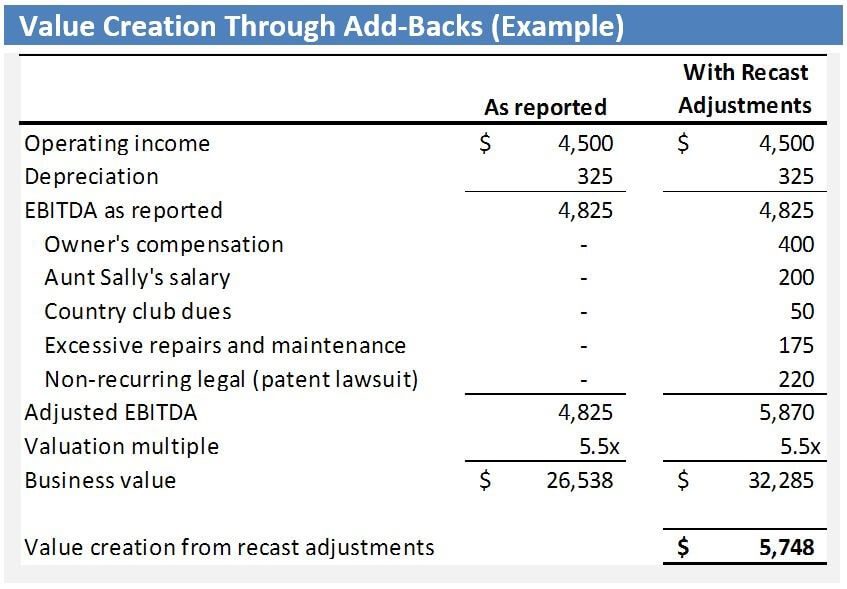
Why Deals Don’t Close
By Tom Zucker,
President
After working decades to develop your business and career, you finally arrive at the decision to sell the business. You’ve done a fantastic job identifying the buyer and negotiating the price and other sale terms. You’re relieved and satisfied, and can see the “closing” within a short 90 days, and the approaching transition to what comes next.
But, then something happens – the transaction falters, stalls, grows apart. You’re left wondering, “what happened?”
After closing hundreds of transactions, we understand that transactions can derail for many reasons. However, we’ve observed a consistent series of reasons that dominate the question “why do deals not close?”
Reason 1: Lack of Financing – The most common reason deals stall is a failure to arrange suitable financing. Financing is the life blood of every deal. Over two-thirds of a transaction’s purchase price is commonly financed in some way – bank financing, subordinated debt, seller financing, or junior equity.
Many seller’s expect that the buyer of their business is skilled and knowledge in the art of financing a business. Quite often this is a very dangerous assumption. In fact, many buyers of closely held companies do not have strong financing experience. The seller or their investment banker must take a proactive role in assisting the buyer in securing the necessary capital. The seller’s advisor should be able to confirm that the buyer is dealing with the right type of lenders and that the lenders have the required information to quickly get funding approval.
Reason 2: Emotions Run High – The second most common reason business sale transactions stall is out-of-check emotions. Selling a business is a highly emotional event; it involves many issues, and much uncertainty, stress, and family pressures. It bears on many aspects of the owners’ lives. From the joy of expecting a multi-million dollar payoff, to the thought of leaving trusted 30-year employees, emotions can be intense, and parties are on edge.
During the sale process, your ability to check emotions at the door and allow your advisors to guide you through the transaction can be critical to success. Know that while what the Buyer and his advisors say or do may at times infuriate you, it’s in your best interest to permit your skilled advisor to insulate you from emotional issues. Be smart, defer to your advisor’s experience rather than just “reacting.”
Reason 3: Ongoing Business Performance – The process of closing the sale of one’s business brings new distractions and requests for your already scarce time. The buyer’s request for documents, endless questions about your business, meetings with advisors, negotiations, and many multi-party dealings all but evaporate any time for running your business. In addition, it is hard for a departing owner to remain focused on the business when visions of their future with more personal capital and time flash in front of them. Unfortunately, it is at this time that your business is most in need of your leadership and focus.
In order to survive the closing process, it is critical that you have an experienced and disciplined team comprised of your investment banker, lawyer and accountant to deflect much of the distractions as possible. These advisors can enable you and your team to remain focused on keeping your business on track. If Sellers fail in this regard, buyers get nervous, have reason to renegotiate valuations, get concerned about customers leaving, and can become apprehensive about closing the transaction.
Reason 4: Creeping Greed – The allure of money is only intensified by the opportunity for more money. As the process of selling your business advances, owners and advisors will work to secure the best deal and terms possible. During this process many owners and their advisors become filled with more greed. While Gordon Gecko from the famed movie Wall Street will tell you that “Greed is good”, it is our experience that “too much greed kills deals!”
It is important for the owner to remain in control of the deal and to ensure a principled approach to the final negotiations. Often over-zealous advisors will attempt to prove their value to a deal and their client by over negotiating documents or non-essential deal points. When millions of dollars are on the table, this over negotiation often breeds distrust, discomfort, and annoyance among the parties. In addition to the distrust, the process of over negotiating often costs the deal by losing essential deal momentum. It’s very, very important to keep the greed, the emotions, and the posturing of negotiations in balance with the parties’ end objectives, which includes getting to closing with reasonable levels of certainty and risk.
Reason 5: Lack of Accessible and Reliable Answers – The last, but definitely not least, reason deals crash is seller’s failure to quickly respond with clear answers to buyer’s questions. If a buyer has to struggle to find answers to relevant questions, it becomes a challenge for the buyer to pay the offered purchase price. We call this “getting the house in order.” It’s absolutely critical that legal and accounting documents and other supporting materials are in place and at hand well in advance of the closing process. The agreed time frame between sale agreement and closing date should not be a period of forced “discovery,” but one of simple “confirmation.”
All information must be prepared and organized into a very clear and consistent data package and made available electronically or in hard copy so that the buyer’s due diligence team can quickly and easily access it for answers to routine and relevant questions.
While there are many reasons that a sale of business does not consummate, the lack of credible information, greed, unchecked emotions, lack of financing and a drop in your business performance are the most common reasons for a failed deal. It’s one thing to get an offer to buy your business; it’s another thing to close a transaction in the midst of emotions and greed, customer’s movements, and overall business risks. The job of a skilled intermediary is to navigate these issues and guide the seller to the transaction closing they’ve worked their entire life for.
© Copyrighted by EdgePoint. Tom Zucker can be reached at 216-342-5858 or via email at tzucker@edgepoint.com.









